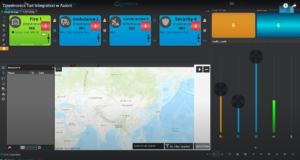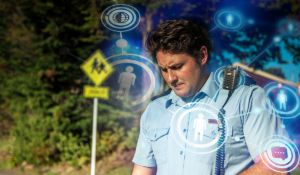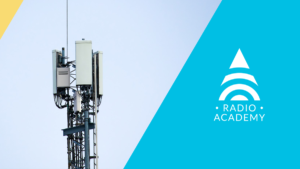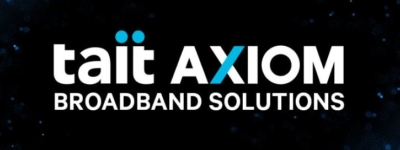Most industry experts agreed that over time, LMR technology would quickly become obsolete in the world of critical communications, citing that evolutions brought about by broadband enablement, and LTE/5G networks would remove the need for such communications. Today we dive into how we can marry various technologies to continue advancing the progress of critical communications networks.
Omnitronics is a Tait Technology Partner for dispatch, interoperability, and RoIP solutions, designed to integrate natively with Tait P25, Tait DMR, and now TAIT AXIOM Broadband Solutions. See how the Omnitronics omnicore Enterprise Dispatch Management System is used to manage emergency communications with automated workflows, SMS, text to speech, GPS location services, and of course, voice.
Broadband is widely described as the great game changer for mission critical communications, today we look at a free lesson on Tait Radio Academy to answer the question; what is broadband communications? Continue Reading
With 50 years of experience in radio, Tait now integrates broadband into critical comms solutions. Instantly broadband enable your existing LMR radio with the TAIT AXIOM Wearable.
Broadband is everywhere and it comes in many forms. What are the different kinds of broadband and what do they mean for professional communications and your frontline personnel? In this free lesson we look at three major broadband technologies: Ethernet, WiFi, and Cellular.
Long Term Evolution (LTE) is proving to be a real game changer in Unified Critical Communications, making it increasingly important to consider a unified communications strategy. There are several choices – we’ll explore the top three. Continue Reading
Modern critical industries are more and more dependent on data for location services, video and applications to connect their people and support safer, more efficient workforces. To enable this, they need the data capabilities of wireless broadband networks – but with so many different technologies out there, how do you know which one is right for your organization? Head on over to the Tait Radio Academy to learn about the different wireless broadband technologies that are available, their pros and cons, and more!
Each organization has its own way of operating, and the right communications networks can greatly enhance worker safety and efficiency. But with so many wireless communications bearers out there, how do you choose the one or the right mix for your organization? In this lesson of the Tait Radio Academy we explore this question.













